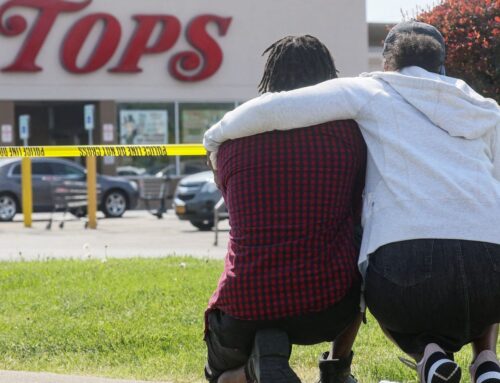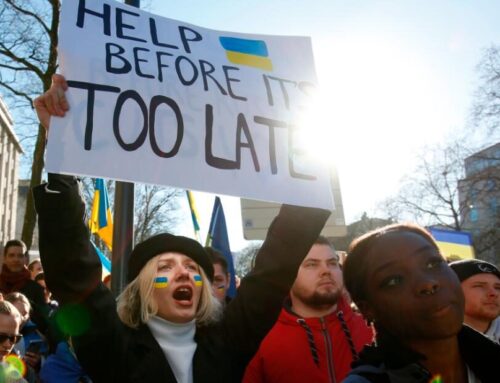A generation ago, when I was a kid being bused into a predominantly white school in Brooklyn, I faced daily taunting and intimidation on the school bus from other Black students, who accused me of “acting white,” and “thinking I was cute” for the crime of being the only Black kid picked to be in the class for high achievers in my grade in the predominantly white school. I was teased, spat on and physically assaulted frequently during that 25 minute bus ride. While intervention by my parents and the school stopped the physical assaults, the ostracism continued. Luckily for me, my parents had the resources to move us out of Brooklyn to a more racially and economically integrated suburb.
A generation later, my husband and I moved to a similarly integrated suburb with the belief that our kids would be spared social ostracism for liking books as well as Lil Wayne. Imagine my disappointment when my son hit middle school and was subjected to daily taunting from his Black schoolmates because he liked to read, spoke standard English and had a diverse group of friends. After being on the Honor Roll his first semester, his grades took a nose dive. It took several months for us to ferret out the extent of the bullying to which our son was being subjected. Our suggestion to his teachers that the decline in his grades was caused by the bullying fell on deaf ears. Several of his teachers, including a Black teacher, preferred to believe that his newly mediocre grades were the best he could do. We ultimately moved him to a different school, where he is happier and his grades have improved.
A recent study conducted by sociologists at Virginia Tech and Ohio State University validates what many parents understand – bullying can be particularly detrimental to high achieving Black and Latino students. An article detailing the study can be found here. In his 2006 study “An Empirical Study of ‘Acting White”, Harvard Economist Roland Fryer determined that being ostracized for “acting white” is most prevalent in racially integrated public schools and has the highest social costs for adolescent males of color. An article written by Fryer about his findings can be found here.
Has your child been subjected to this kind of bullying? What did you do about it? Please share with us your experiences in confronting bullying.
Lisa Davis





